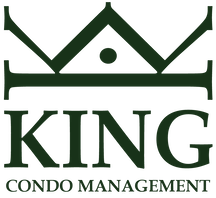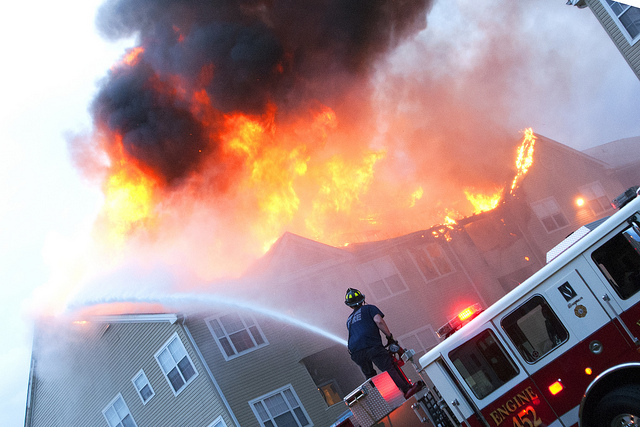When you buy your condo, or join a homeowners association (HOA), the members set rules and maintain the common areas and/or the building itself. Your condominium corporation has insurance that covers many risks in the general building or common areas. This condominium master policy is usually paid for with the collected fees and shows as a line in the corporation’s budget and finances. Everyone pays a little to insure a lot collectively. Condo owners should also have their own coverage to account for personal property and risks the master policy doesn’t include.
(Note: This is not intended to be a complete insurance ‘to do’ list. Please insure your property to the limit where you feel comfortable. This article just outlines some options and things to think about.)
What does the condominium master policy cover?
The insurance you get will complement the master policy the condominium has obtained.
The most common is studs-out coverage, which essentially includes everything outside of your unit. The insurance would be activated for incidents regarding the basic building, such as exterior hail damage, elevators repairs, or a car crashed into the building. You would seek an insurance policy that would cover everything inside your unit, including structural elements such as walls, fixtures, flooring, and cabinets.
Some offer all-in coverage. This protects the basic building and common areas plus the structural elements and fixtures in your own unit. Having all-in coverage likely means you’d need less individual coverage against property damage, as the only property you’d be responsible for are personal belonging (clothes, jewelry, etc).
Does the condominium insurance cover renovations in my unit?
If you renovate your condo, chances are the amount of dwelling insurance you need will to change, too. Some condominium master policies cover betterments and improvements to the unit, which could save you a bundle, so check first.
Also, look at what the definition of a unit is in regards to your insurance. Is it just the walls, floor and ceiling or does it cover the cabinets, interior walls, bathroom fixtures, etc.?
How does the condominium insurance cover liability?
Many condominium master policies will help cover injuries of guests that get hurt in common areas like the hallway or foyer. But what about injuries to guests in your unit? What if you accidentally injure people or damage their property away from home?
Some condominium owners need personal liability coverage, but checking the master policy will help give you a better idea of how much. If you’re worried your liability insurance isn’t enough, you can explore umbrella coverage.
What are the limits of the condominium insurance?
Yes, your condominium master policy will cover property damage to the building and common areas, but only up to its limits. There’s a chance that a severe incident could exceed them. If that happens, it might fall on the condominium owners to make up the difference. You can help avoid paying out of pocket, by adding loss assessment coverage to your condominium insurance.
As with point 2., this is a good time to check what the definition of a unit is in regards to your insurance; what is covered, and what isn’t?
Does the condominium regulate my individual condominium insurance?
Your condominium’s plan might stipulate how much of a certain coverage you should carry or even which company you need to buy your policy from. This is rare in Alberta, but worth checking. It’s important to know these things beforehand so you can judge whether a given condominium or condominium is the right fit for you and to avoid penalties down the road.
(Image courtesy of the Fort George G. Meade Public Affairs Office)


Leave a Reply